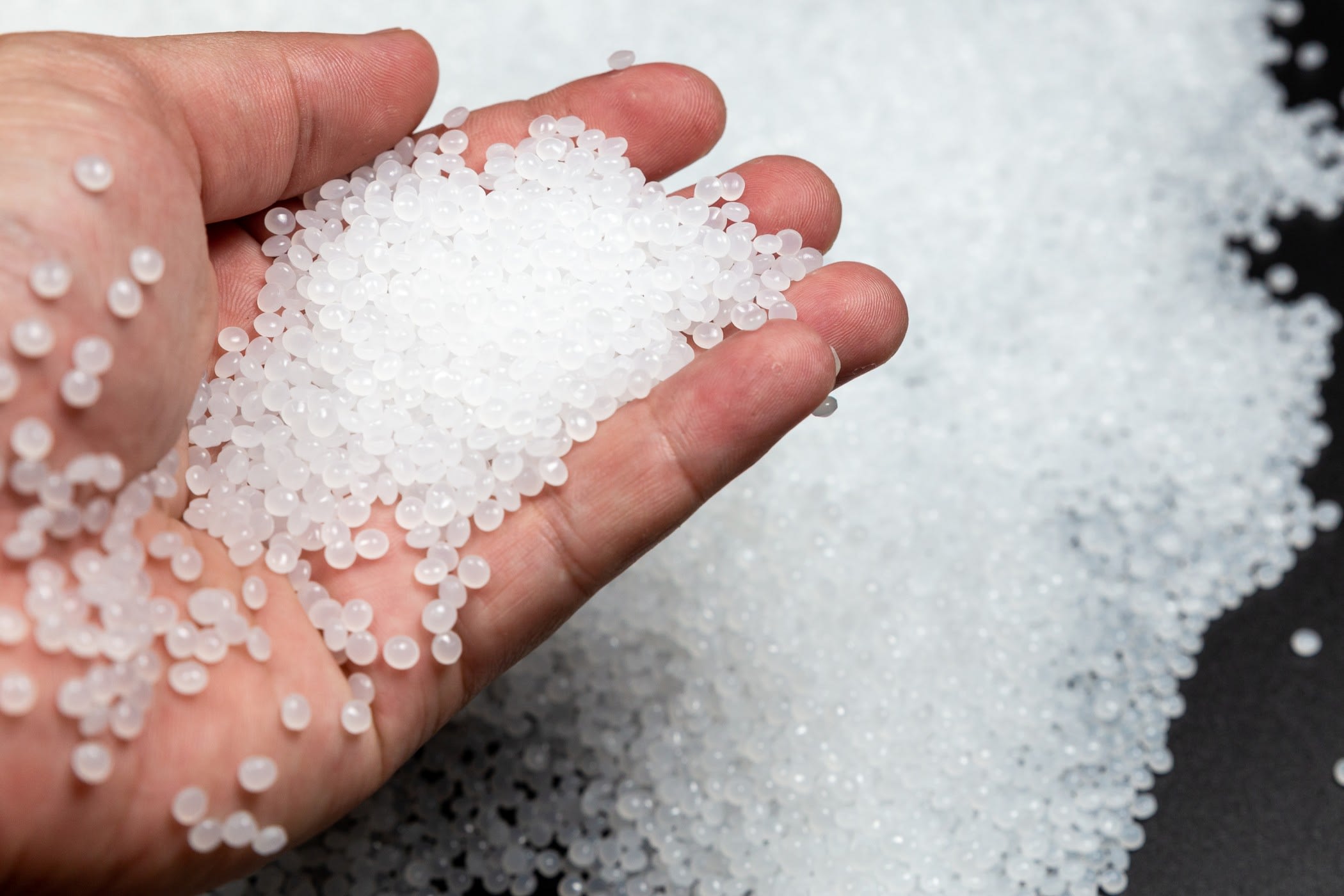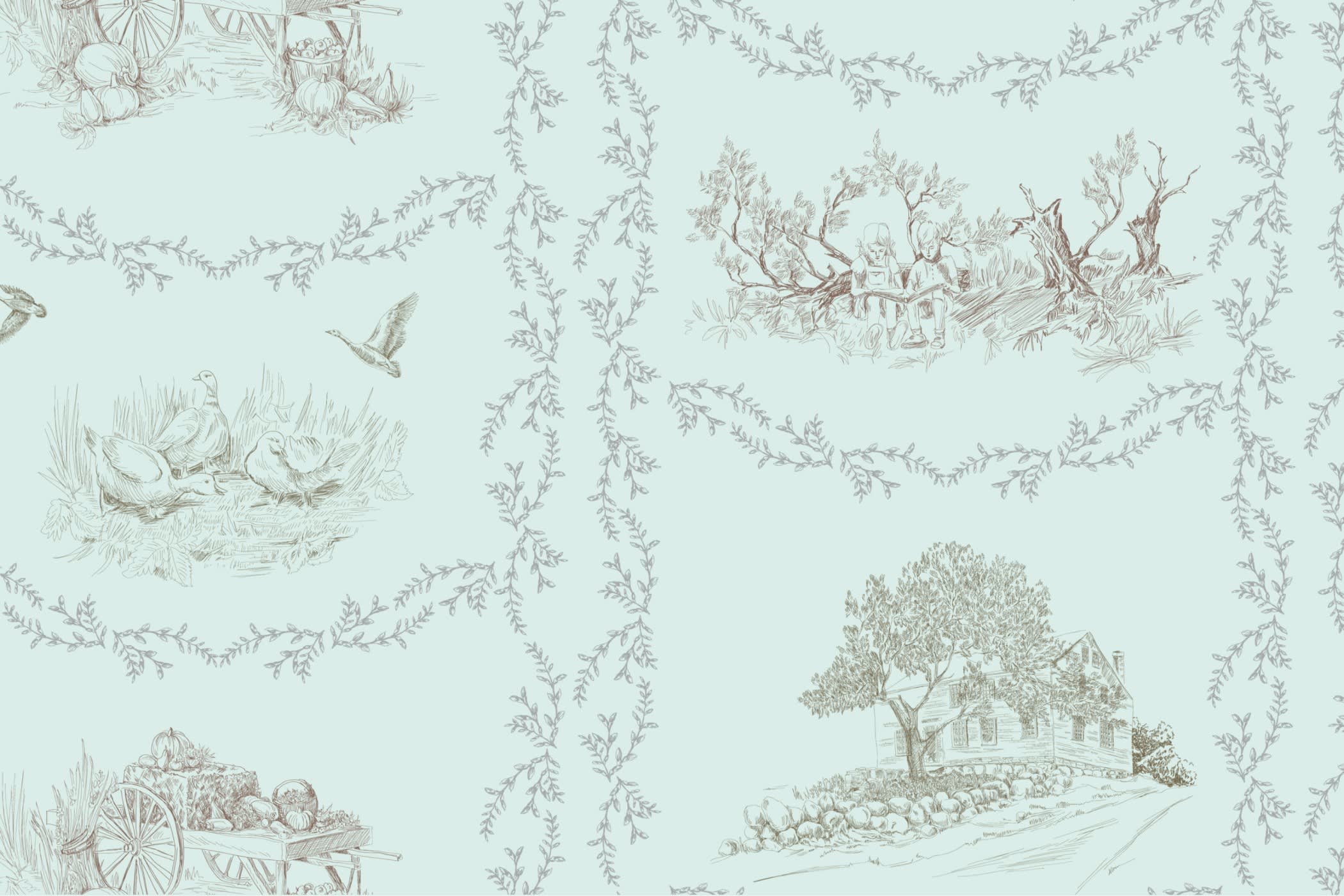Choosing The Right Fabric For Your Cosplay

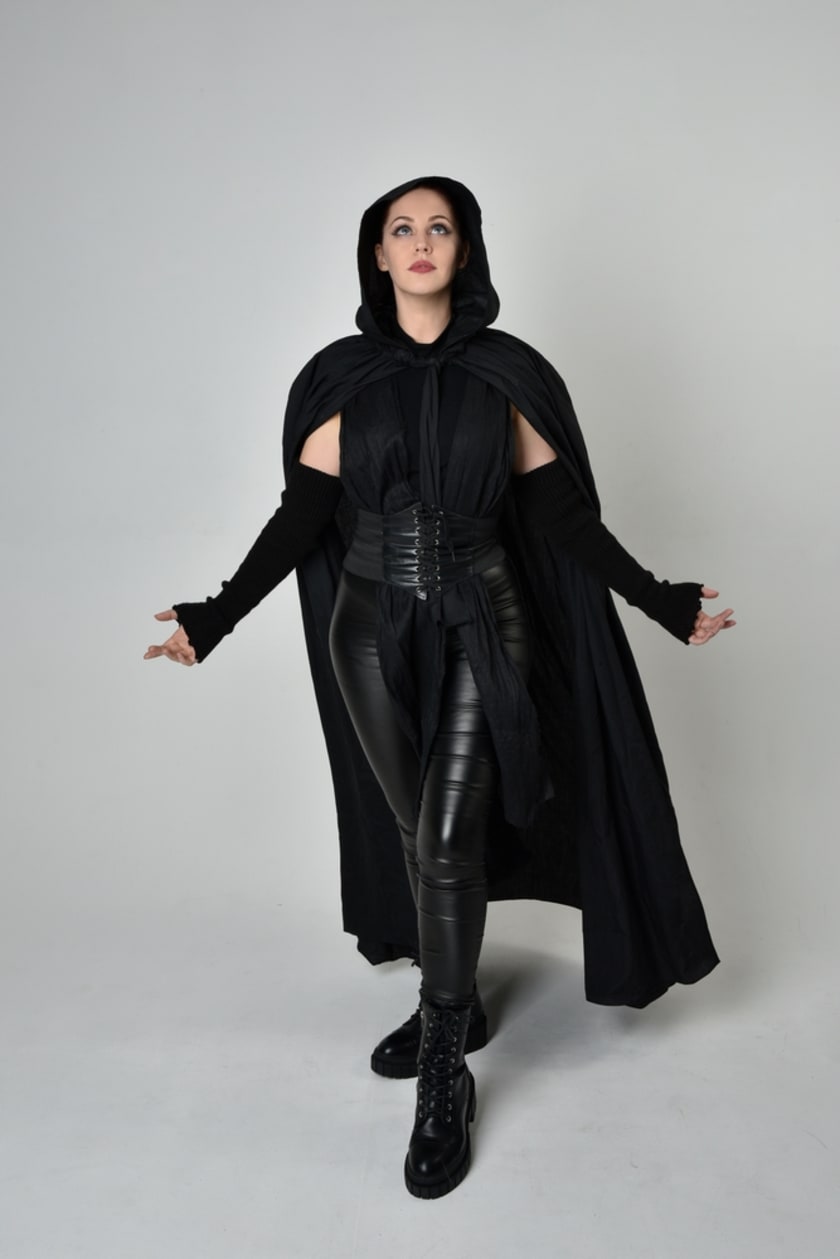

Cosplay is an abbreviation for costume play. The participants use these costumes to display or create an impact on a character. These are majorly used in movies, theatres, and other performing arts. The growth of cosplay has increased with a desire to make performing arts more realistic.
It is essential to understand that cosplay and costume are not the same. Costumes will be easier to store, readily available, and generally not expensive. Cosplay will be immersive, very realistic, and specific. Consider Johny Depp’s look and cosplay in Pirates of the Caribbean.
Also, technology has made it easy to design, plan and manufacture cosplay products. The main challenge is choosing the correct fabric to meet end-customer satisfaction. The demand-supply buying guide for materials is given below to complete this.
Buying Guide for a Fabric
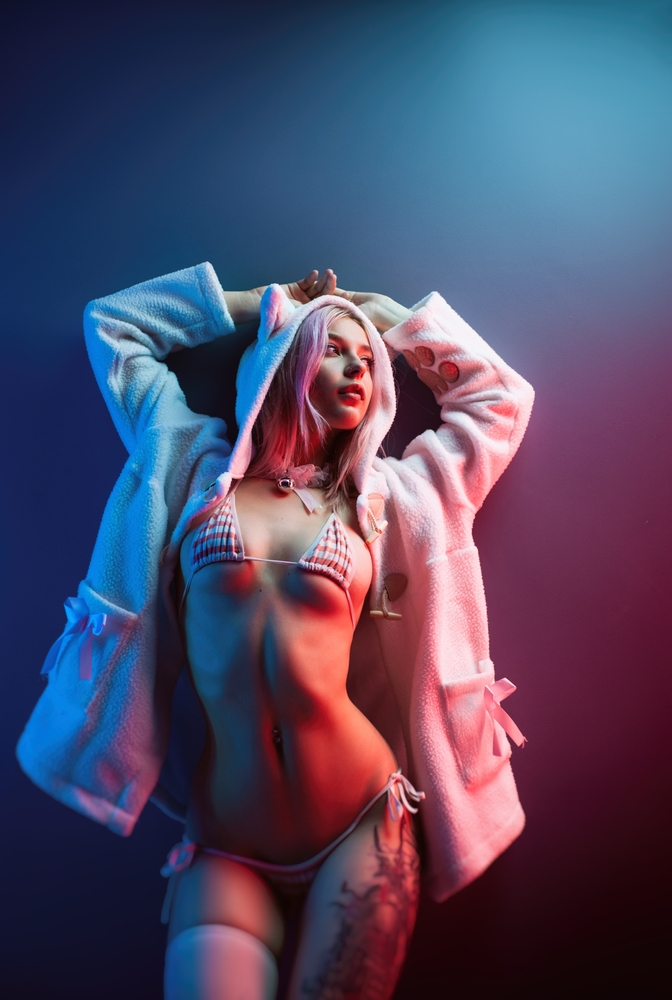
Fabric is the main ingredient for making the cosplay look like reality. Thus, selecting the fabric for cosplay must keep several points in mind.
- Quality
Quality is the most crucial aspect, considered the prominent factor in any fashion trend. The novel fashion industries know this and select the best quality fabric according to the design. The companies can evaluate the quality with thread type, thickness, length, and feel.
It is essential to consider that person might wear it for a long time. Also, the performing arts, like movies and street plays, are not necessarily performed in AC halls. Thus, good quality will help to perform in all weather conditions.
Thus, when selecting the fabric, check the fabric by keeping it on one's skin, comfortability, and breathable material. You should remember that fabric quality directly impacts the outfit's design, durability, and appearance. A good quality fabric is more likely to attract a large consumer base in the cosplay industry.
- Fabric Type
Fabric can be categorized into natural, synthetic, or a blend of both fabrics. Although experts classify two types of materials: woven and knitted materials.
- Woven Material
Natural fabrics like cotton, linen, leather, silk, and denim suit sensitive skin types. Natural fabrics are also known as woven materials.
Woven materials are easy to stitch and do not have stretch in them. Common woven materials are basic cotton, linen, wool, silk, Polyester, twill, chiffon, organza, velvet, brocade, and many others.
Cosplay generally requires a rich look, which these fabrics can quickly provide.
While one needs a lightweight and comfortable costume for cosplay, choosing linen or cotton would be great. For customer who requires a flowy effect and needs less GSM, then chiffon and organza would be best.
Whereas the costumes need to be shiny and classy, silk and brocades would do a great job. And when the outfit needs to be heavier in weight or suitable for winter, choosing fabric with higher GSM like wool or twill will do the work.
2. Knit Material
In addition, these materials' fibers are knitted together and have the quality of being stretchy. Some commonly used knit materials are spandex, cotton knit fabric, fleece, and many others.
You can also choose synthetic fabrics like Polyester, rayon, acrylic, nylon, and spandex are also suitable for making a particular outfit. Synthetic ones are easier to design for cosplay than natural fabrics. Some cosplay might have a different and unique look for which you can use Blended fabrics. They are usually a mix of different fabric types.
While the costume needs to be stretchy and comfortable to wear regularly, one can consider getting cotton knit fabric for t-shirts, yoga pants, and other such usages. While the costume requires a good fit and stretch like a swimming costume then considering spandex would be an ideal option. And when it's about purchasing a piece of fabric for scarves or hats, then fleece would be the best choice.
Several other materials like muslin, fur, faux leather or suede, scuba, neoprene, Florence net, marbled velvet, and soft lycra sheen would be a significant preference for Cosplay.
- Color
Color holds a place in cosplay as external elements like lights are used to create an impact on the character. Thus, the client might require different shades of color. You must have varied color options as in a color pallet. This will help to meet the unique demands of cosplay.
Since cosplays are not specific to one event. The dresses will be stored, cleaned, and used many times. Thus, the client might check the color quality by testing the colors in chemical solutions. You should consider color quality while selecting the fabric. Hire a fabric expert to understand its quality and durability.
- As per weather, occasion, and design
Cosplay is not specific to weather; thus, you must select a fabric compatible with all weather types. Experience and design will vary; hence, you must choose fabrics that can be efficiently designed for varied events.
- Shrinkage
When the fashion company finalizes the material, the experts consider the critical aspect of its shrink factor. The thread quality and other testing parameters describe the fabric quality and shrink factor. For example, cotton fabric has a more significant shrink factor than silk fabric.
So, buying a material already tested with the shrinkage factor is a brilliant idea.
- Right fabric grain
It is imperative to buy a piece of cloth with the correct grain, or the all-out effort will be ruined. Wrong grain fabrics create complications while stitching and don't have the expected look for the cosplay. Thus, selecting suitable grain fabrics might be required considering all potential looks and occasions.
- Fabric Weight
The material is usually weighed in the GSM. Hence, the heavy fabric will have a higher GSM. On the other hand, a lighter fabric will have less GSM. Many people prefer lightweight fabrics like chiffon, organza, and others for cosplay. You need to align your selection with market demands and trends. Hence, select the right fabric weight considering customer demand for cosplay.
Tips to keep in mind while shopping for cosplay
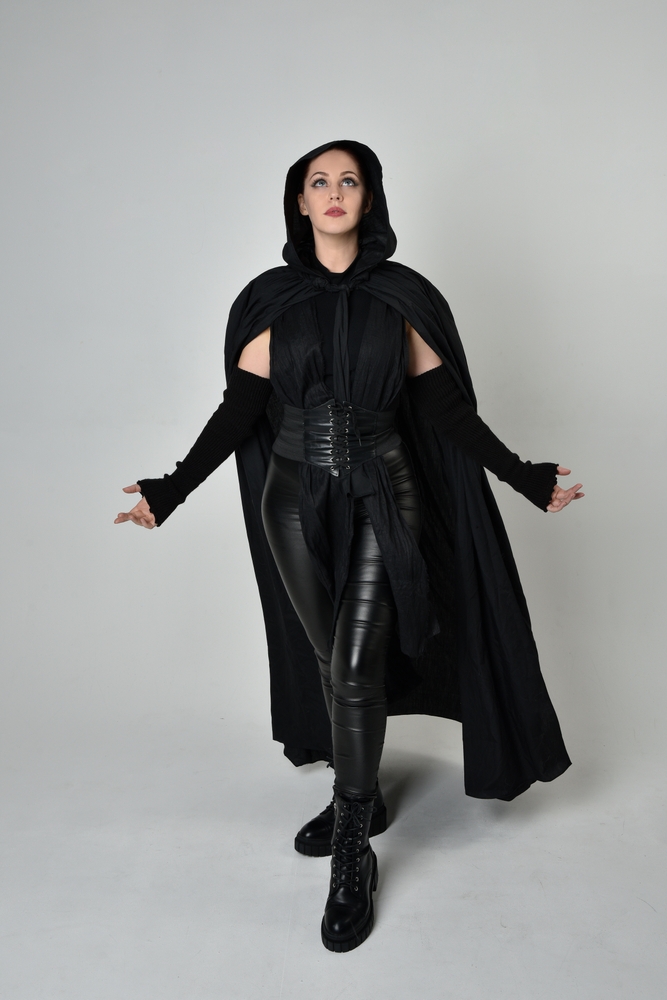
- Choose the fabric as per the character.
- Check the texture and drape of the fabric
- Choose the right color based on role, weather, photography, and other factors.
- Considering the comfort factor.
- Avoid shiny and slippery materials.
- Hire a fabric expert before shopping
Conclusion
Cosplay is linked with performing arts for which durability, accuracy, and comfort factors should be considered. Apparel factors are very important to create an impact on the character.
To decide on an ideal fabric, it is essential to consider all the above factors, like occasion, location, weather, comfort, and other things. It will help in choosing the right kind of fabric for the Cosplay.
Fashinza is one of the modern tech platforms providing the best solution to examine fabric quality according to the designs. Our advanced solution analyses the fabric quality on various parameters. We implement AI and Data Sciences so that it transforms the brand's source products with premium quality fabrics.















